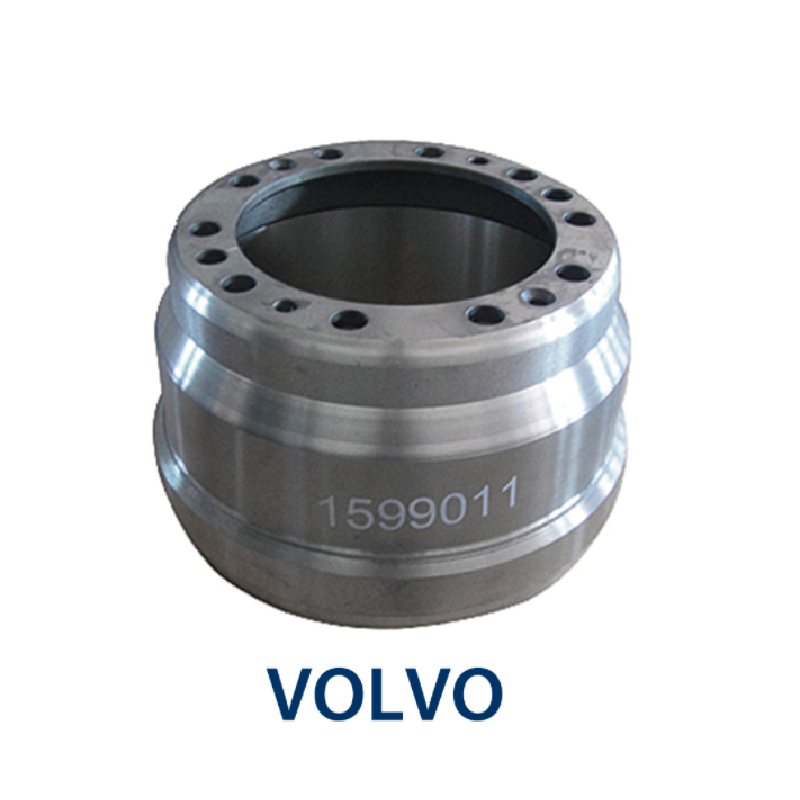Nov . 21, 2024 15:04 Back to list
remove brake drum without puller
How to Remove a Brake Drum Without a Puller
Removing a brake drum can be a daunting task, especially if you don't have the right tools, like a brake drum puller. However, there are techniques that can help you accomplish the job without this specific tool. In this guide, we will walk through the steps to safely and effectively remove a brake drum without a puller, ensuring that you can manage this task with confidence.
Understanding the Brake Drum
Before diving into the process of removal, it's essential to understand the brake drum's role. Brake drums are part of the drum brake system that utilizes friction to slow down or stop your vehicle. They house the brake shoes and are attached to the wheel hub. Over time, due to wear and tear or rust, they can become difficult to remove, which is why proper technique is vital.
Safety First
Before beginning any automotive work, safety must be a priority. Here are a few quick safety tips
1. Wear safety goggles Protect your eyes from dust and debris. 2. Use gloves Protect your hands from sharp edges and hot components. 3. Ensure the car is securely lifted Use jack stands to support the vehicle.
Tools You Will Need
While you may not have a brake drum puller, you can still perform the removal with some basic tools
- A lug wrench - A hammer (preferably a rubber mallet) - A flathead screwdriver or a brake shoe adjusting tool - WD-40 or a penetrating oil - A torque wrench (for reinstallation)
Step-by-Step Guide
1. Remove the Wheel
Begin by ensuring the vehicle is on a flat surface. Use a lug wrench to loosen and remove the wheel's lug nuts. Once loosened, carefully take off the wheel to expose the brake drum.
remove brake drum without puller

2. Apply Penetrating Oil
If the brake drum appears rusted or corroded, spray it with a generous amount of WD-40 or penetrating oil. Allow it to soak for at least 10 to 15 minutes. This will help to loosen any rust or debris that may be making removal difficult.
3. Adjust the Brake Shoes
Inside the brake drum, the shoes may be expanded against the drum, preventing it from sliding off. Locate the adjuster mechanism, which often resembles a ratchet or screw located at the bottom of the brake assembly. Use a flathead screwdriver or a brake shoe adjusting tool to turn the adjuster, retracting the shoes. This may require turning it clockwise or counter-clockwise; refer to your vehicle’s manual if unsure.
4. Tap the Drum
Once the shoes have been retracted, gently tap the face of the drum using a rubber mallet. Be cautious—too much force can damage the drum. If you don't have a rubber mallet, a regular hammer will work, but be more careful to avoid denting the drum. Tapping helps to break the bond between the drum and the hub.
5. Check for Movement
After tapping, try to pull the drum directly off. If it doesn't budge, make sure you've adjusted the brake shoes properly. If needed, repeat the adjustment and tapping process until it's free. If the drum still seems stuck, inspect for any retaining screws that may be holding it in place.
6. Remove the Drum
Once the drum is loose, carefully slide it off the hub. Take note of any spacers or washer placements for easy reinstallation later.
Conclusion
Removing a brake drum without a puller is not only possible but can also be accomplished with some basic tools and techniques. Remember to prioritize safety, use penetrating oil, adjust the brake shoes, and gently tap the drum. By following these steps, you can successfully remove your brake drum without the need for a specialized tool. This knowledge not only saves you time and money but also empowers you to tackle more automotive tasks in the future. If you encounter excessive difficulty, do not hesitate to consult a professional mechanic to prevent any further issues. Happy repairing!
-
High-Performance Brake Drum Liza Durable Drum Brake Solutions
NewsMay.18,2025
-
Brake Drum Liza High-Quality Drum Brake & Shoe Compatibility
NewsMay.18,2025
-
Brake Drum Liza High-Quality Drum Brake Components & Shoes
NewsMay.18,2025
-
IVEKO High-Performance Brake Drums Durable & Precision-Engineered
NewsMay.17,2025
-
Brake Drum Man High-Quality Drum Brake & Shoe Solutions
NewsMay.17,2025
-
Brake Drum Man Premium Drum Brake & Shoe Solutions OEM-Compliant
NewsMay.16,2025
